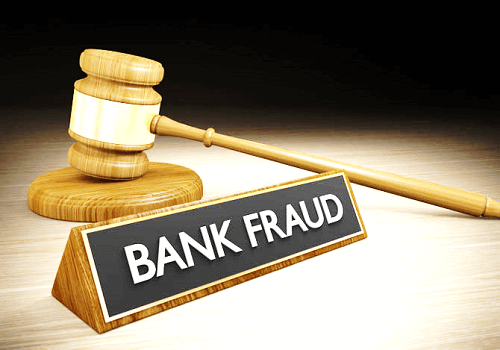
In recent years, the world of digital banking has changed dramatically, and some bad actors have taken advantage of these changes to scam innocent victims out of their money. It’s important to know the signs of these scams and frauds so you can avoid them, or at least be able to recover your losses in case they happen to you. Check out this article based on the conversation with Raghib Khan and Faisal Abidito to learn more about digital banking fraud and how to protect yourself from it!
Be careful what you click
A new breed of digital fraud has emerged in which criminals create extremely convincing websites that appear identical or nearly identical to those of a bank or credit card company. With these sophisticated online scams, often referred to as phishing attacks, cybercriminals try to trick users into disclosing confidential information such as account numbers and PINs.
Get two opinions
If you’re about to transfer a large sum of money, especially for someone who is new to making online payments, it pays to double-check that your intended recipient is legit. This means asking someone you trust—preferably in person—to look into it as well. With digital fraud on the rise and so many ways to trick people, it pays to have another set of eyes take a look at what you’re sending and make sure it’s on target.
Confirm everything with your bank
As you get started, keep your eyes peeled for any email that looks too good to be true. If you’re not sure about a company’s legitimacy, pick up the phone and call your bank—they should be able to confirm if it’s real or not. Most importantly, don’t reply back with personal information, even if they claim they are from your bank.
Keep your security software up-to-date
To help keep your business secure, keep your security software up-to-date and install a firewall. Use safe search when searching for information online. If an offer looks too good to be true, it probably is. Be suspicious of anyone who asks you for money—especially if you don’t know them well or haven’t been referred to by someone you trust.
Check your credit report annually
You don’t need to pull your credit report on a monthly basis or even more frequently than that. Checking your credit report once per year is enough—unless there’s been some sort of fraudulent activity, like identity theft or someone using your information to open new accounts. If you’re not sure how often you should check, talk with a financial advisor; having an annual routine is fine for most people, and it helps guard against fraud.
Teach your children about digital safety
Parents have a responsibility to educate their children about digital safety. But as kids are growing up, you can rest assured that banks and other financial institutions are doing everything they can to keep customers safe. Here’s how we’re taking action against cybercrime: we’re educating our employees and customers, embracing new technologies that prevent fraud, and cooperating with law enforcement agencies globally. It is everyone’s responsibility—from parents to bankers—to protect consumers from digital fraud.

